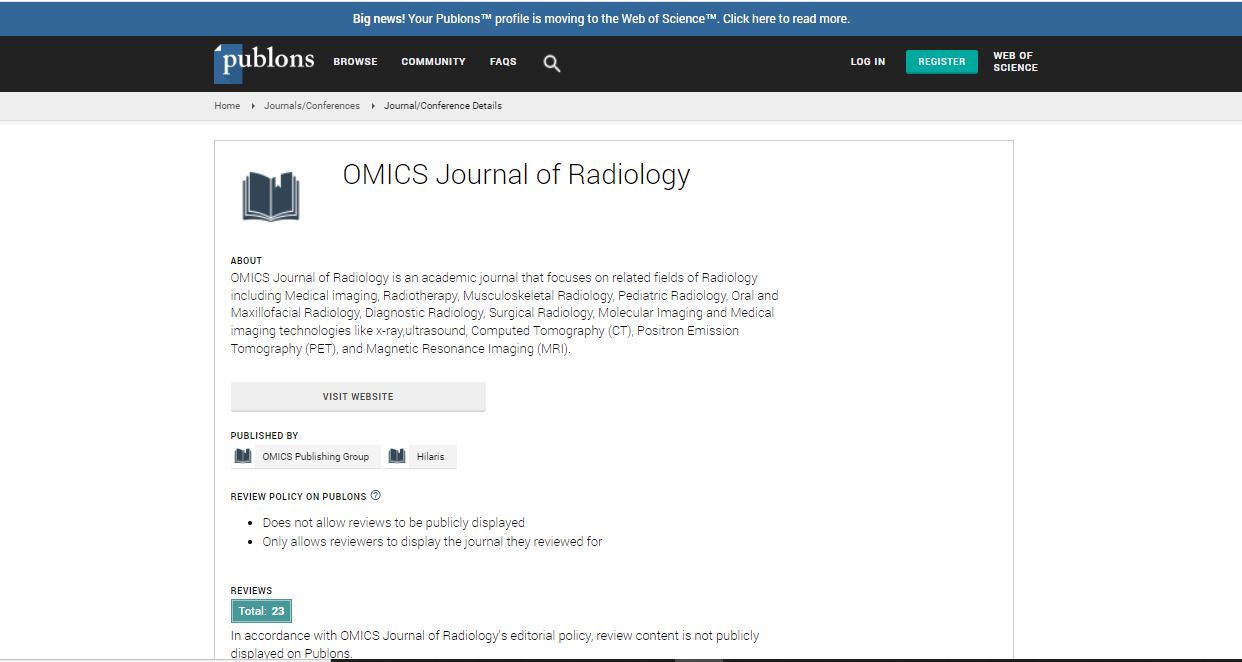Our Group organises 3000+ Global Conferenceseries Events every year across USA, Europe & Asia with support from 1000 more scientific Societies and Publishes 700+ Open Access Journals which contains over 50000 eminent personalities, reputed scientists as editorial board members.
Open Access Journals gaining more Readers and Citations
700 Journals and 15,000,000 Readers Each Journal is getting 25,000+ Readers
Google Scholar citation report
Citations : 551
Journal of Radiology received 551 citations as per Google Scholar report
Journal of Radiology peer review process verified at publons
Indexed In
- Index Copernicus
- Google Scholar
- Open J Gate
- Genamics JournalSeek
- ResearchBible
- Electronic Journals Library
- RefSeek
- Hamdard University
- EBSCO A-Z
- OCLC- WorldCat
- SWB online catalog
- Virtual Library of Biology (vifabio)
- Publons
- Geneva Foundation for Medical Education and Research
- ICMJE
Useful Links
Share This Page
Cauda equina tumours in adults: What to look for on magnetic resonance (MR) imaging
3rd International Conference on Radiology and Imaging
Dayu Gai
Royal Melbourne Hospital, Australia
Posters-Accepted Abstracts: OMICS J Radiol
Abstract
Introduction: The cauda equina is the collection of L2��?L5 nerve roots originating from the terminal portion of the spinal cord (conus medullaris). Tumours involving the cauda equina are uncommon, however are most commonly Myxo-Papillary Ependymomas (MPE). Other differentials to consider include spinal schwannoma and paraganglioma. Aim: To review the MR imaging features of common differential diagnoses of cauda equina tumour in adults, MPE, spinal schwannoma and paraganglioma. Method: In this pictorial review, multi-phase MR images were presented to demonstrate characteristic features of cauda equina tumours. The normal terminal spinal cord anatomy was the first be reviewed, followed by features characterising myxopapillary ependymoma, spinal schwannoma and paraganglioma. Results: Characteristic findings of the above tumours were discussed. In particular, patterns of enhancement, location, presence of haemorrhage and quantity of tumours can help discriminate between these tumours. Conclusion: Although MPE is the most common cauda equina tumour, the list of differential diagnoses is long. Identifying certain MR features of these neoplasms can aid in pathological diagnosis and thus, influence surgical management.Biography
Dayu Gai completed his MBBS from the University of Melbourne, Australia. He is currently a Neurosurgical at the Royal Melbourne Hospital and is keen to pursue a further career in radiology, subspecialising in neuroradiology.
Email: dayu341@hotmail.com

 Spanish
Spanish  Chinese
Chinese  Russian
Russian  German
German  French
French  Japanese
Japanese  Portuguese
Portuguese  Hindi
Hindi 
